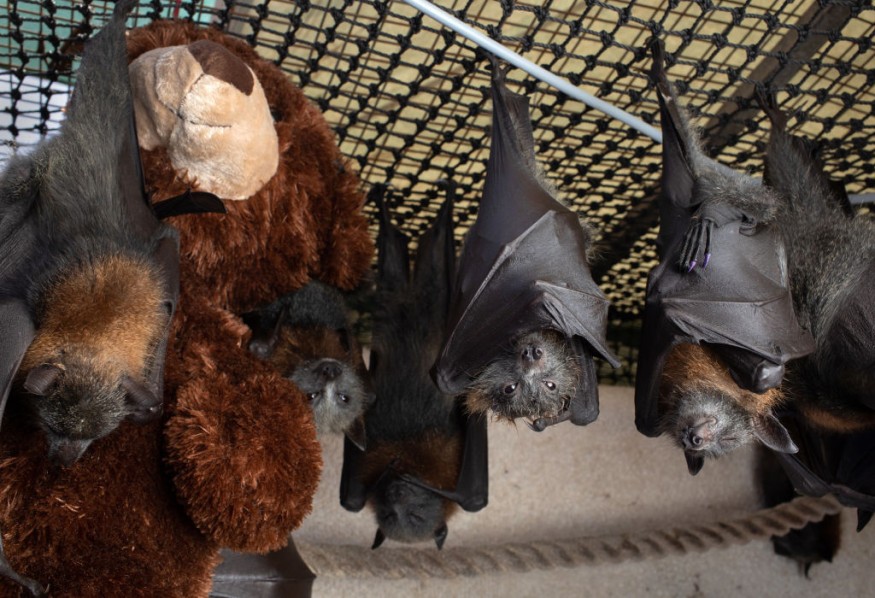A potential pandemic threat has been averted by scientists when they isolated a Europe-based virus, known to be a close family relative of some of the world's deadliest viruses, according to a new study. For the past several decades, Earth was gripped by various pathogens, resulting in either an epidemic or pandemic.
If not for the scientific feat, the world will be dealing with two pandemic-level viruses, in addition to the SARS-CoV-2, the virus that causes the novel coronavirus disease (COVID-19). The new study sheds a light on improved research in the areas of ecology and virology against potential virus outbreaks.
Possible Pandemic Threat

In a case of pandemic preparedness, researchers from the Medway School of Pharmacy, along with the collaboration between the universities of Greenwich and Kent, took part in the isolation of the so-called Lloviu virus (LLOV), a close relative of the Ebola virus.
The new findings have been published in the journal Nature Communications on March 31, wherein the researchers isolated the infectious LLOV from Schreiber's bats in Hungary. In 2002, the LLOV was initially identified through its genetic material from the same bats in Spain.
The LLOV belongs to the filovirus family, whose members include the Ebola virus and Marburg virus, where its cases have been initially reported in Africa. Although a possible pandemic threat has been prevented, the study shows that viruses are not only confined to a single location as previously thought.
Also Read: Melting Glaciers in Arctic Could Release Dangerous Viruses, Leading to Interspecies Transmission
Pandemic Preparedness
According to Dr. Simon Scott, a member of the Viral Pseudotye Unit (VPU) at the Medway School of Pharmacy, their research is a "smoking gun" but it is still important for the research team to determine the viruses' distribution to be prepared for potential epidemics and pandemics, as cited by the News Centre webpage of the University of Kent in Canterbury, England.
The UK-based university also underscored that there is a clear knowledge gap concerning animal hosts, pathogenicity, and transmissibility of these newly discovered viruses. It also highlighted the importance of studies on zoonotic viruses, which can be transmitted from animals to humans.
In this case, LLOV is reported of interest to public health worldwide given the increasingly close proximity between animals and humans, as the latter has its settlement for several centuries, occupying animal habitats and ecosystems.
Zoonosis
The Centers for Disease Control and Prevention (CDC) states that zoonotic diseases are highly common not only across the United States but also worldwide, citing estimations by scientists that over six out of every 10 known diseases can be spread from animals to humans.
Meanwhile, the CDC adds that three out of every four emerging or new infectious diseases can still be transmitted from animals to humans, with the most recent and widespread among them being COVID-19, whose virus allegedly came from a flea market in Wuhan, China, as early as 2019.
Following the study, the University of Kent says Dr. Scott and his team are aiming to conduct further research across Europe pertaining to the health risks posed by the LLOV to humans.
© 2025 NatureWorldNews.com All rights reserved. Do not reproduce without permission.





